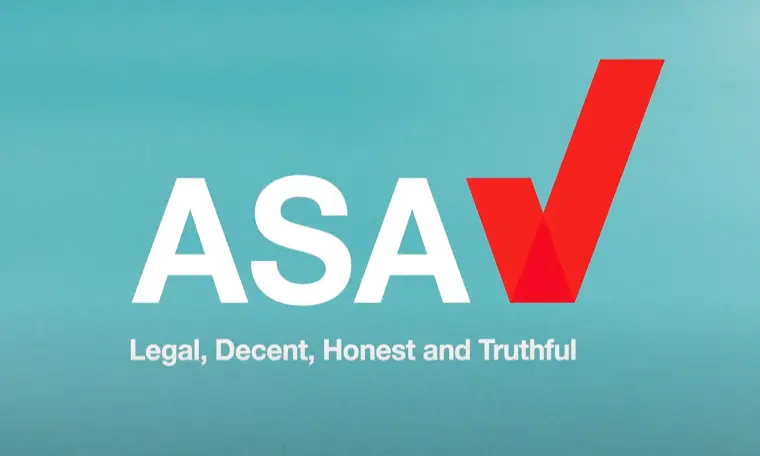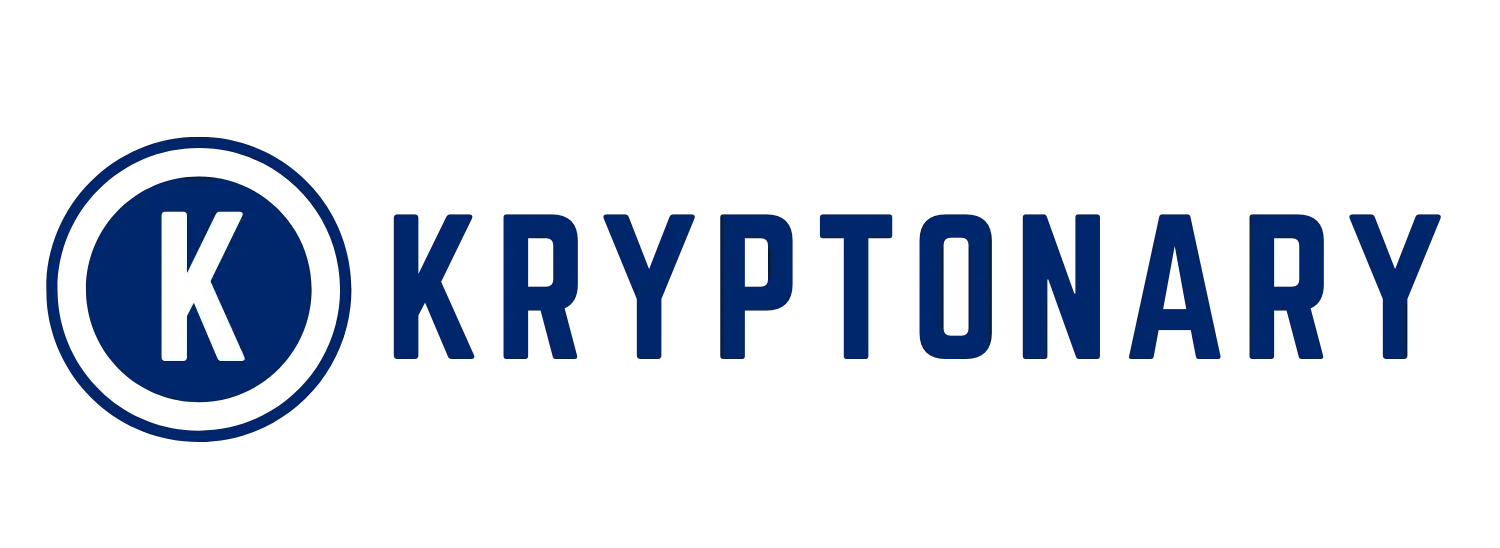ASA Increases AI’s Use in Advertising Monitoring
The first extensive experiment by the Advertising Standards Authority to monitor alcohol ads with artificial intelligence has started. Enhancing the regulator’s ability to detect and evaluate marketing information that could violate its established advertising rules is the goal of the program.
This is a significant change from manual evaluations to digital platform screening that is automated. The regulator aims to speed up detection while preserving accuracy and fairness in advertising supervision procedures by fusing AI algorithms with skilled human verification.

Trial Covers Thousands Of Alcohol-Related Advertisements
Nearly 6,000 sponsored commercials in various alcohol-related categories, such as conventional beverages and alcohol-free substitutes, were recorded and examined by the ASA during the trial. Every ad was automatically analyzed using the company’s extensive language model system.
Prior to being examined by human assessors, the AI identified information that would potentially violate advertising guidelines. Before taking enforcement action, our hybrid method makes sure that machine-driven conclusions are contextualized and validated by expert interpretation.
Results Show Strong Industry Compliance With Regulations
About 96% of all examined ads complied with current alcohol advertising regulations, per the ASA’s final assessment. Despite sporadic labeling inconsistencies found during the analysis, this indicates a typically good level of compliance within the industry.
It’s interesting to note that ads advocating alcohol-free alternatives had a 48% flag rate, mostly because the alcohol-by-volume disclosures were either absent or not obvious. These little technological problems show where brand communication and regulatory messaging might still help customers understand the product better.
Recommended Article: Tech Drives Major Overhaul in Higher Education Accreditation
AI Improves Process Monitoring Accuracy and Speed
AI is a revolutionary step for advertising monitoring, according to Adam Davison, head of data science at the ASA. Large data sets may now be processed by the regulator’s machine learning algorithms, significantly speeding up the process of spotting potential infractions.
According to Davison, specialists may prioritize higher-risk documents because of AI’s quick scanning capabilities. Better resource allocation is made possible by this efficiency, which also guarantees continuous protection for viewers exposed to both conventional and digital advertising material.
Technology Adoption Strengthens Public Trust and Accountability
The ASA demonstrates its dedication to accountability and openness in the digital advertising ecosystem by incorporating cutting-edge technologies. Automated technologies lower the possibility of human bias and overlooked violations by offering reliable, data-driven conclusions.
Additionally, by providing advertisers with more precise instructions on compliance standards, this strategy boosts their confidence. The job of the regulator shifts from reactive enforcement measures following infractions to proactive risk prevention as automation grows.
Lessons Learned Highlight AI’s Potential and Limits
The trial demonstrated how, in intricate regulatory situations, AI may support human judgment without completely replacing it. While automated systems excel at detecting textual or labeling discrepancies, they have trouble deciphering complex creative meaning.
Therefore, in order to simplify repetitious monitoring operations, the ASA intends to integrate AI while retaining its human-led review structure. This equilibrium guarantees efficiency improvements without sacrificing the contextual knowledge required for impartial assessments.
Prospects for AI in Advertising Regulation in the Future
After its alcohol-focused pilot proved successful, the ASA plans to extend the use of AI to other advertising categories. In the near future, comparable automated compliance screening may be advantageous for industries including financial services, health goods, and gaming.
According to Davison, the company sees AI as a key component of its modernization plan. These technologies will be crucial for protecting audiences and promoting ethical business innovation as digital advertising continues to develop quickly.















